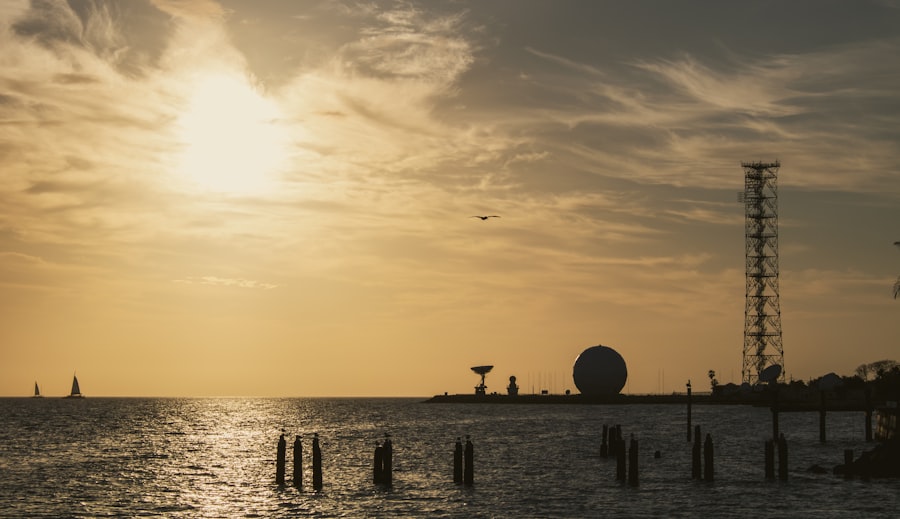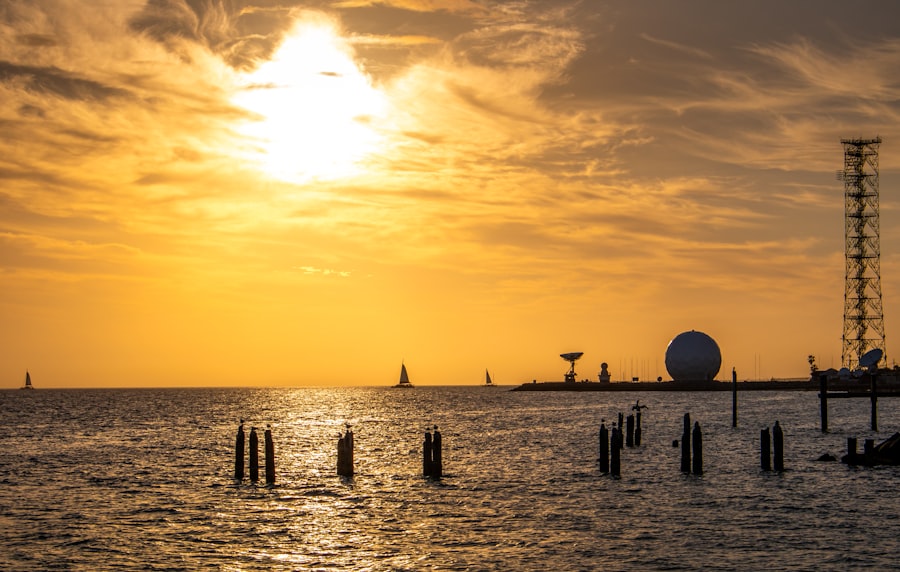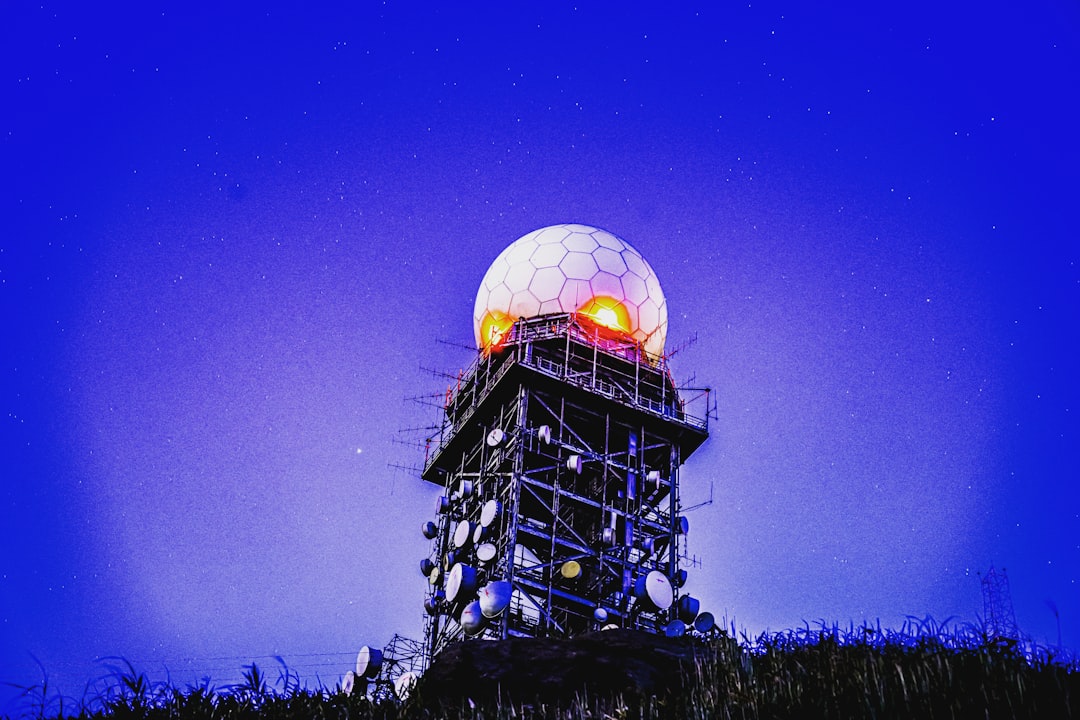The Drake Passage, a body of water located between the southern tip of South America and Antarctica, is renowned for its tumultuous seas and unpredictable weather. This narrow stretch of ocean, measuring approximately 800 kilometers (500 miles) wide, serves as a critical maritime route for vessels traveling to and from the Antarctic region. Named after the English explorer Sir Francis Drake, who navigated these waters in the late 16th century, the passage is often characterized by its fierce winds and high waves, making it one of the most challenging areas for navigation in the world.
The significance of the Drake Passage extends beyond its geographical location; it plays a vital role in global ocean circulation and climate patterns. The confluence of the Atlantic, Pacific, and Southern Oceans creates a unique environment that influences weather systems far beyond its immediate vicinity. For mariners, understanding the complexities of this passage is essential for safe navigation.
As such, advancements in technology, particularly in weather radar systems, have become indispensable tools for those who traverse these treacherous waters.
Key Takeaways
- Drake Passage is a treacherous body of water located between South America’s Cape Horn and the South Shetland Islands of Antarctica.
- Weather patterns in Drake Passage are characterized by strong winds, high waves, and rapidly changing conditions due to the convergence of the Pacific, Atlantic, and Southern Ocean currents.
- Weather radar plays a crucial role in navigating Drake Passage by providing real-time information on approaching storms, wind direction, and wave height.
- Utilizing weather radar allows ships to make informed decisions for safe navigation, such as altering course to avoid severe weather or finding the best route through the passage.
- Interpreting weather radar data is essential for understanding the intensity and movement of weather systems, enabling ships to prepare for and adapt to weather changes in Drake Passage.
Understanding the Weather Patterns in Drake Passage
The weather patterns in the Drake Passage are notoriously volatile, influenced by a variety of factors including ocean currents, atmospheric pressure systems, and geographical features. The region is known for its strong westerly winds, which can reach speeds of over 100 kilometers per hour (62 miles per hour). These winds contribute to the formation of large swells and waves that can pose significant hazards to vessels.
Additionally, the proximity to Antarctica means that cold air masses frequently collide with warmer air from the north, resulting in rapid changes in weather conditions. Mariners must be acutely aware of these weather patterns when planning their routes through the Drake Passage. The passage experiences frequent storms, often developing with little warning.
These storms can bring heavy rain, snow, and fog, further complicating navigation. Understanding the seasonal variations in weather is also crucial; summer months may offer relatively calmer conditions, while winter can unleash fierce storms that make passage nearly impossible. Thus, a comprehensive understanding of the weather dynamics in this region is essential for ensuring safe passage.
Importance of Weather Radar in Navigating Drake Passage

In light of the unpredictable weather conditions that characterize the Drake Passage, weather radar has emerged as an invaluable tool for mariners. This technology allows for real-time monitoring of atmospheric conditions, providing critical information about precipitation, wind patterns, and storm development. By utilizing weather radar, navigators can make informed decisions about their routes and adjust their plans based on current conditions.
The importance of weather radar extends beyond mere convenience; it can be a matter of safety. With the ability to detect severe weather systems before they become imminent threats, vessels can avoid dangerous situations that could lead to capsizing or collisions. Furthermore, weather radar enhances situational awareness by providing a comprehensive view of the surrounding environment, allowing mariners to anticipate changes and respond accordingly.
In a region as perilous as the Drake Passage, such capabilities are not just beneficial—they are essential.
Utilizing Weather Radar for Safe Navigation
| Weather Radar Metrics | Value |
|---|---|
| Distance Covered | 1000 miles |
| Weather Conditions Detected | Thunderstorms, Heavy Rain |
| Altitude | 30,000 feet |
| Time Duration | 3 hours |
Utilizing weather radar effectively requires a combination of technology and skill. Mariners must be trained to interpret radar data accurately and integrate it into their navigation strategies. This involves understanding how to read radar images, which display precipitation intensity and movement, as well as recognizing patterns that indicate potential hazards such as storms or rough seas.
Moreover, modern weather radar systems often come equipped with advanced features such as predictive modeling and automated alerts. These tools can forecast weather changes based on current data trends, allowing navigators to plan their routes proactively rather than reactively. By leveraging these capabilities, mariners can enhance their safety and efficiency while traversing the Drake Passage.
The integration of weather radar into navigation practices represents a significant advancement in maritime safety, particularly in regions known for their challenging conditions.
Interpreting Weather Radar Data for Drake Passage
Interpreting weather radar data is a skill that requires both training and experience. Radar systems provide a wealth of information, including precipitation rates, storm movement, and wind direction. For mariners navigating the Drake Passage, understanding this data is crucial for making informed decisions about their journey.
One key aspect of interpreting radar data is recognizing the difference between various types of precipitation. For instance, heavy rain may indicate an approaching storm system that could lead to rough seas, while lighter precipitation might suggest more manageable conditions. Additionally, understanding how to track storm movement allows navigators to anticipate changes in weather patterns and adjust their course accordingly.
This level of interpretation not only enhances safety but also contributes to more efficient navigation through one of the world’s most challenging maritime environments.
Preparing for Weather Changes in Drake Passage

Preparation is paramount when navigating the Drake Passage due to its unpredictable weather patterns. Mariners must be equipped with not only reliable weather radar but also contingency plans for various scenarios that may arise during their journey. This includes having emergency supplies on board and ensuring that all crew members are trained in safety protocols.
In addition to physical preparations, mental readiness is equally important. Mariners should remain vigilant and adaptable, ready to respond to sudden changes in weather conditions. Regularly updating their knowledge about current weather forecasts and trends can significantly enhance their ability to navigate safely through the passage.
By fostering a culture of preparedness and awareness among crew members, vessels can better withstand the challenges posed by the ever-changing environment of the Drake Passage.
Navigating Storms and Rough Seas with Weather Radar
Storms are an inevitable part of navigating the Drake Passage, but with effective use of weather radar, mariners can mitigate their impact. When a storm is detected on radar, navigators can assess its intensity and trajectory, allowing them to make informed decisions about whether to alter course or seek shelter. This proactive approach can mean the difference between encountering severe turbulence or avoiding it altogether.
Moreover, understanding wave patterns is crucial when navigating rough seas. Weather radar can provide insights into wave height and direction, enabling mariners to position their vessels optimally to minimize discomfort and risk during turbulent conditions. By utilizing this technology effectively, mariners can enhance their chances of safely traversing storms and rough seas while maintaining control over their vessels.
Using Weather Radar to Avoid Icebergs and Ice Floes
In addition to storms and rough seas, icebergs and ice floes present significant hazards in the waters surrounding Antarctica. The use of weather radar extends beyond meteorological data; it also plays a critical role in detecting ice formations that could pose threats to navigation. By integrating radar data with other navigational tools such as sonar and satellite imagery, mariners can identify potential ice hazards well in advance.
The ability to detect icebergs and ice floes allows vessels to adjust their routes accordingly, ensuring safe passage through these treacherous waters. Furthermore, understanding the movement patterns of ice can help mariners anticipate where hazards may drift due to currents or wind shifts.
Monitoring Wind and Wave Conditions with Weather Radar
Wind and wave conditions are critical factors that influence navigation in the Drake Passage. Weather radar provides real-time data on wind speed and direction, allowing mariners to assess how these elements will affect their journey. High winds can exacerbate wave heights, leading to dangerous conditions that require careful navigation strategies.
By continuously monitoring wind and wave conditions through radar technology, mariners can make informed decisions about when to sail or when to seek shelter from adverse weather. This capability is particularly important in a region where conditions can change rapidly; being able to respond quickly to shifting winds or increasing wave heights can significantly enhance safety on board.
Emergency Situations and Weather Radar in Drake Passage
In emergency situations, having access to accurate weather radar data can be life-saving. Whether facing a sudden storm or encountering mechanical failure at sea, real-time information about prevailing conditions allows mariners to make critical decisions quickly. For instance, if a vessel experiences engine trouble during a storm, knowing the location and intensity of nearby weather systems can help crew members determine whether to seek shelter or attempt repairs.
Additionally, weather radar can assist in coordinating rescue operations during emergencies by providing search teams with up-to-date information about prevailing conditions in the area. This capability enhances overall maritime safety by ensuring that both vessels in distress and rescue teams have access to vital information that can facilitate timely assistance.
Weather Radar as a Vital Tool for Navigating Drake Passage
In conclusion, weather radar has become an indispensable tool for navigating the challenging waters of the Drake Passage. Its ability to provide real-time data on weather patterns, wind conditions, and potential hazards such as storms and ice formations significantly enhances maritime safety. As technology continues to advance, so too will the capabilities of weather radar systems, further improving navigational strategies for those who traverse this perilous region.
Mariners who embrace these technological advancements will not only enhance their own safety but also contribute to safer navigation practices within the broader maritime community. The Drake Passage may remain one of the most formidable challenges for seafarers; however, with effective use of weather radar and a commitment to preparedness, navigating these treacherous waters becomes a more manageable endeavor.
The Drake Passage is notorious for its unpredictable and often severe weather conditions, making it a challenging route for mariners. To better understand and navigate these waters, many rely on advanced weather radar systems. An interesting related article can be found on MyGeoQuest, which delves into the intricacies of weather patterns and navigation strategies in such treacherous regions. For more insights, you can read the full article on their website by following this link. This resource provides valuable information for anyone interested in the dynamics of the Drake Passage and the technology used to traverse it safely.
WATCH NOW! Drake Passage: Earth’s Deadliest Waters Revealed
FAQs
What is the Drake Passage?
The Drake Passage is the body of water between the southern tip of South America and the northern tip of the Antarctic Peninsula. It is known for its rough seas and challenging weather conditions.
What is a weather radar?
A weather radar is a type of radar used to locate precipitation, calculate its motion, and estimate its type (rain, snow, hail etc.). It is used to forecast weather and track storms.
Why is weather radar important in the Drake Passage?
Weather radar is important in the Drake Passage because of the extreme weather conditions in the area. It helps ships and aircraft navigate through the passage by providing real-time information on precipitation, storms, and other weather patterns.
How does weather radar work in the Drake Passage?
Weather radar in the Drake Passage works by emitting radio waves that bounce off precipitation particles in the atmosphere. The radar then receives the reflected waves and processes the data to create a visual representation of the weather in the area.
What are the challenges of using weather radar in the Drake Passage?
The challenges of using weather radar in the Drake Passage include the extreme weather conditions, such as high winds, rough seas, and freezing temperatures, which can affect the performance of the radar equipment. Additionally, the remote location of the passage can make maintenance and data transmission more difficult.
